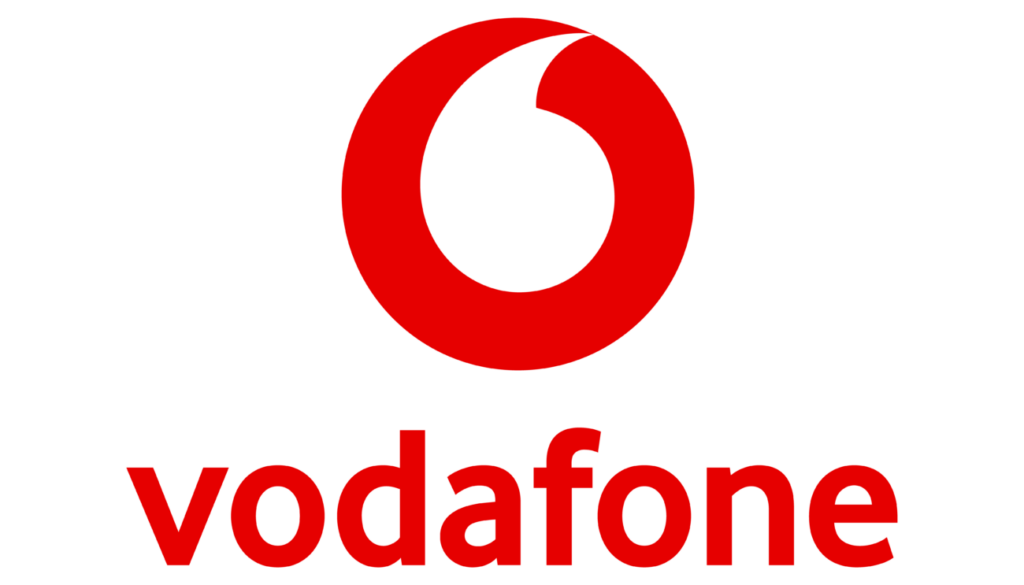Bio-banding pilot begins at U16 regional academy festival
This weekend’s regional academy fixtures will see the U16s split into two teams based on “modified bio-banding”, which looks at the physical maturation of players.
In a similar fashion to systems implemented in football by the likes of Manchester United, Arsenal and Southampton, an early pilot of bio-banding will see the use of physical maturation data to help group players into a less and more physically mature team within their regions, allowing coaches to see their players in a different set of parameters.
Athletic Development Manager Andy Boyd explained: “Physicality plays a huge part in rugby, however in youth sports we know this is heavily influenced by maturation status. Typically, what we’ve found is your average rugby team is made up of a combination of ‘early’ and ‘on-time’ maturers, with little to no signs of ‘late’ maturers.
“We’ve had a project running for the last few years, looking across the early age groups and our pre-pathway groups and have found that not only are ‘late’ maturers rare within the pathway, but also very rare even in the entry level nominations process. If you exclude ‘late’ maturers, you’re potentially missing out on a third of possible players. This is also the group that will have the highest rate of physical change, if given the support and opportunities.
“That is why it has been a focus, and an area we want to change and look to support further. It’s one area football has invested heavily in, pursuing talent identification and development – one of the best examples can be seen in Belgium’s well-publicised rise as one of the best teams in the world.”
Early work on the project saw maturation data such as a player’s age, current height and weight, alongside parents’ height gathered to determine what stage of their maturation they are currently in and an estimate of how tall they will be when they finish growing, a particularly important metric for positions like second row. This has resulted in the collection of over 1300 maturation profiles which has helped inform the support and programming of pathway players.
Scottish Rugby has now moved a step further, investing in two SonicBone BAUSport devices which use ultrasound to assess skeletal age and biological maturation state, and provide data for injury prevention and prediction of final adult height of youth athletes.
Work on the use of maturation data has been done alongside several university partners, pulling support and guidance from world leading experts such as Sean Cumming, from Bath university.
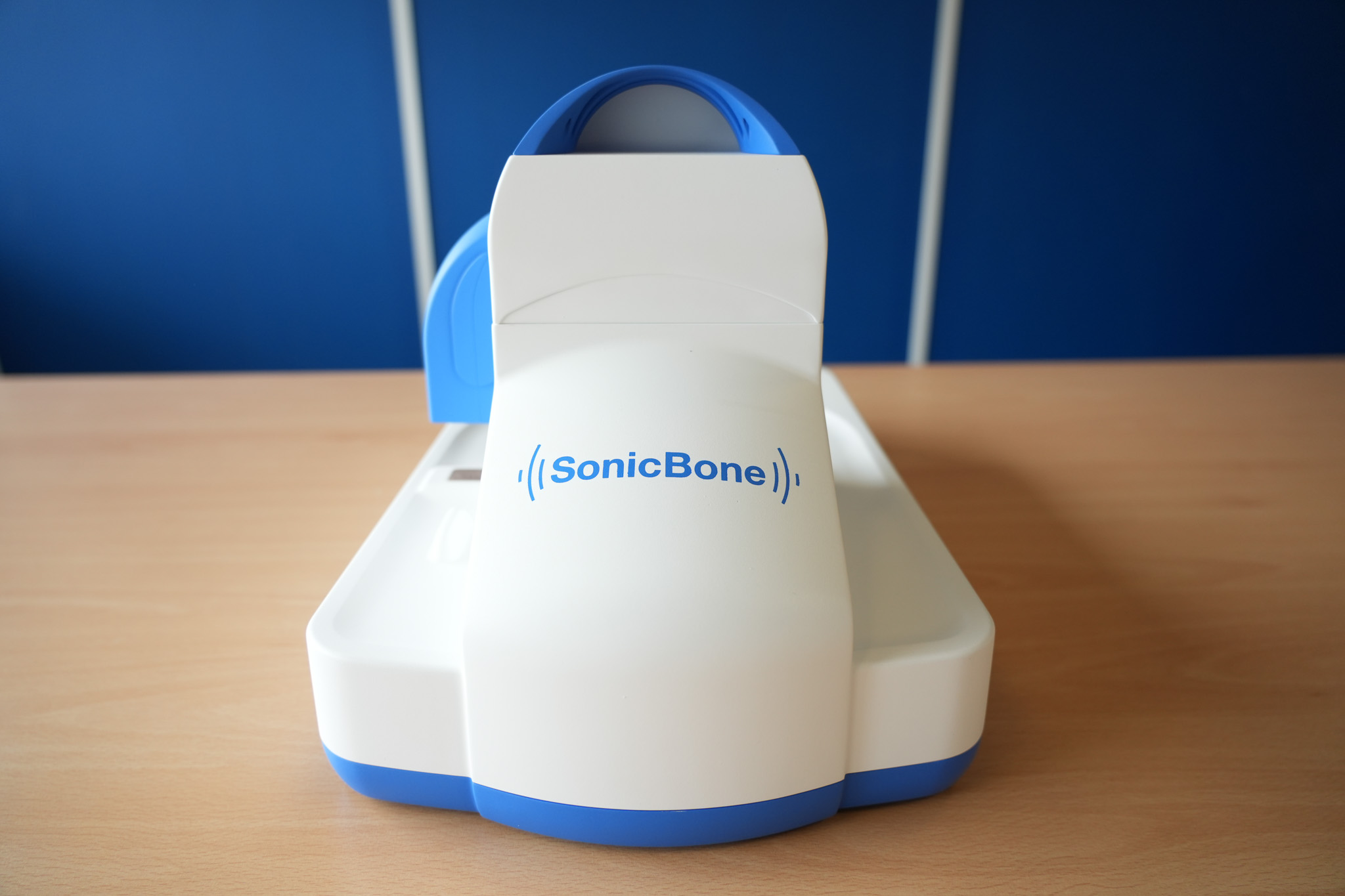
Scottish Rugby’s SonicBone BAUSport device
“The BAUSport systems will make this profiling process even quicker and more accessible to all our potential players,” Boyd continued. “It takes 5-10 minutes and immediately gives us feedback that can be used alongside the wider profiling to help better inform our coaching teams.
“Through building a strategy around the use of technology and collaboration with world leading experts, we hope to be the best-informed union on the developmental processes of our young players. In the short term, we hope to be able to use data to support player and coach discussions around increasing the opportunity for the players to reach the highest level of the sport.”
“There are plenty of examples of players who were told they wouldn’t make it because they were too small to compete at the time. Kevin de Bruyne is an example of a player who was a late developer, and the work Belgium did to think differently about how they developed players kept him challenged in the right ways, and I think that’s where we are.
“Scottish Rugby have an opportunity to do things differently from other top-tier nations to maximise our talent and to give players as many playing opportunities at the right stage for them as possible so they can fulfill their future potential.
“I believe we are the first rugby union to look at this area, and we hope this additional information around a player’s development will allow us to have better conversations. We must look at ways to continue to innovate and drive our processes. That can be through managing load during a period of rapid growth, or discussing positional changes, or even keeping a playing in the system for longer.”
Speaking on this weekend’s fixtures, Boyd added: “For this weekend’s U16 selection, using the player pool that we have, we’ve tried to use some of our maturation data to group players into a less mature and more mature team within their regions.
“When you look at talent in rugby, at times selection can focus too much on the present, and this can be heavily influenced by players’ current levels of size, strength and speed, all of which are heavily linked to maturation status. This can be at the deterrent to the later maturing athletes, who at that stage are less physically dominant.
“I hope this is the start of using Bio-banding to help us find those on-time and late developers who aren’t the players physically dominating the sport just now, but potentially have the ability if supported to come through and compete later. But it also works the other way, where the early maturers may be dominant for a while, they need to have other skills challenged to continue to excel, so we need to be challenging their footwork, offloading and evasion skills and reading of the game.”
Tags
Related news
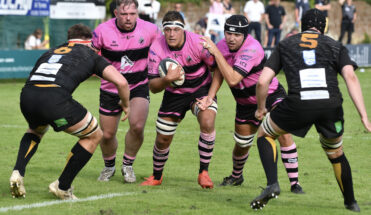
Arnold Clark Premierships feature match: Heriot’s v Ayr
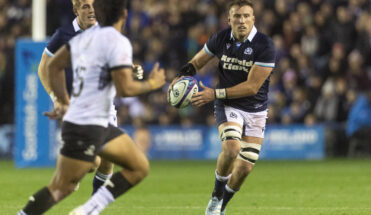
Fagerson to reach 50 in Australia finale
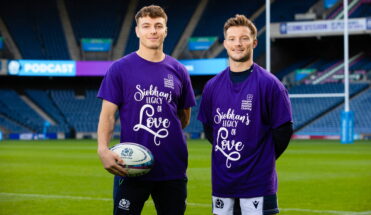
Supporting Siobhan’s Legacy of Love
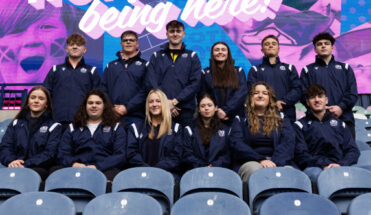
Scottish Rugby youth panellists announced
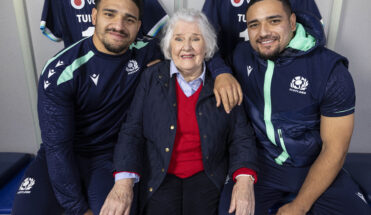
Tuipulotu brothers reunited with their ‘Greenock granny’
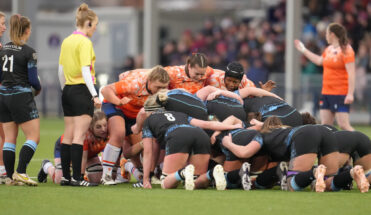
Celtic Challenge 2024/25 fixtures announced
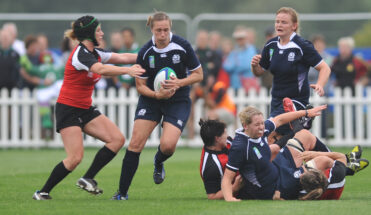
Donna Kennedy inducted into World Rugby Hall of Fame
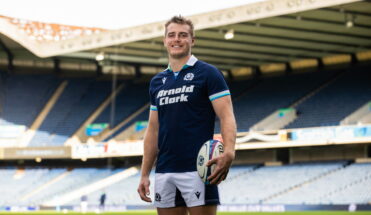
Stafford McDowall to captain Scotland A against Chile this weekend

Celtic Challenge 2024/25 Head Coaches announced





